What to See in Castelló
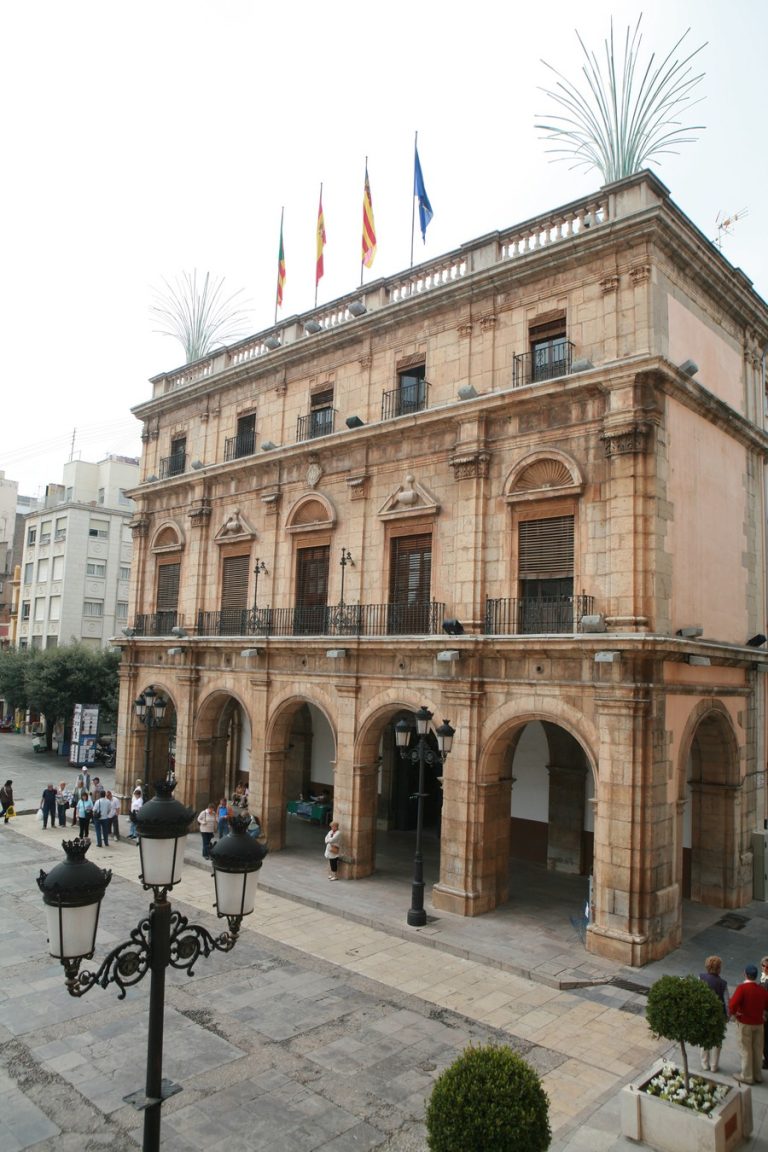
City Hall
Work on this building began in the late 17th century and was completed in the early 18th century. This is a fine three-storey building, featuring a classical Italian style. It boasts a superb Tuscan-style facade, the lower section of which includes a seven arch arcade. It conserves a number of sculptures, paintings and friezes from the 19th and 20th centuries.

Concathedral of Santa María
This church, which dates back to the 12th century, has a chequered history. It was rebuilt in the 14th century following a series of fires and demolished in 1936. Fortunately the three doors of the original Gothic church were saved, together with a number of decorative elements. The interior houses an 18th century image of the Immaculate Conception, as well as a number of Baroque figures, paintings by Ribalta and Oliet, as well as several superb gold and silver objects and other ornaments.

El Fadrí Bell Tower
A curious building dating back to the mid last century and one of the landmarks of the city. This is a free-standing tower with an octagonal door plan rising up some 60 meters. Divided into four sections, housing the clock chamber, the clergyman’s cell, the bell ringer’s home and the bell chamber.
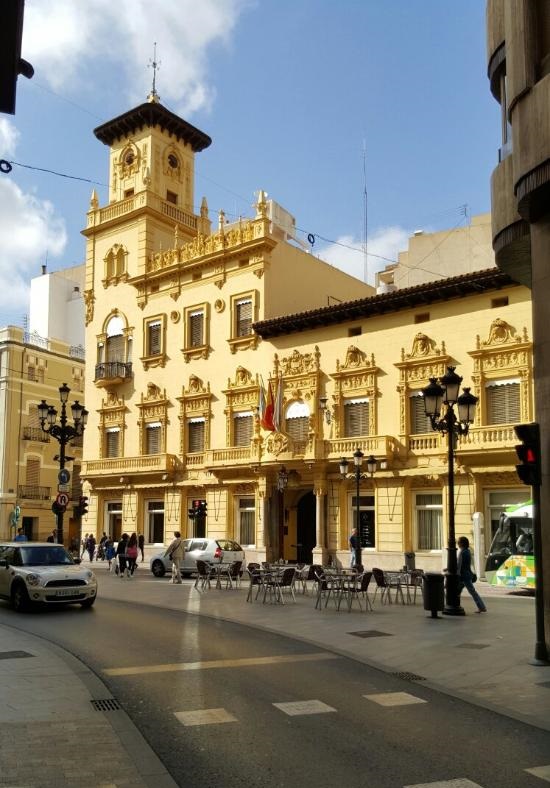
Casino Antiguo
This building is situated in one of the city’s prime locations. The society was founded in 1814 under the name Casino de Castellón and originally occupied a mansion on Calle Caballeros. In 1876 it changed its name to Casino Antiguo and moved to its current location. The former headquarters were completely remodeled in 1922, giving the building its current appearance.
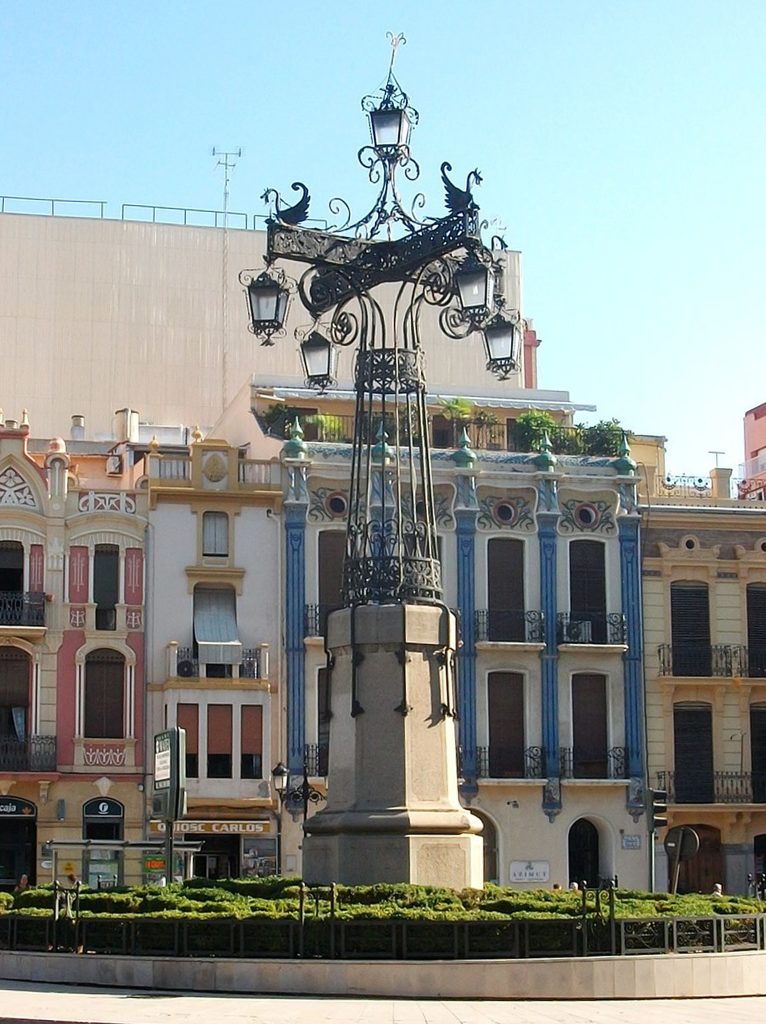
La Farola
The city bears only a fleeting testament to Modernism. However, the 1929 monument known as La Farola – or streetlamp – built in 1929, is one of its best-known landmarks. It is surrounded by several eye-catching historicist Modernist buildings.

Basílica del Lledó
This temple stands on the site where the holy image was uncovered by a ploughman at the base of a honeyberry tree in 1366. Particularly worthy of note is the entrance to this Neo-Classical temple, with a facade dating back to 1572 and featuring a semi-circular arch, topped by a graceful niche housing an image of the Virgin Mary carved by Manuel Rodriguez in 1970.
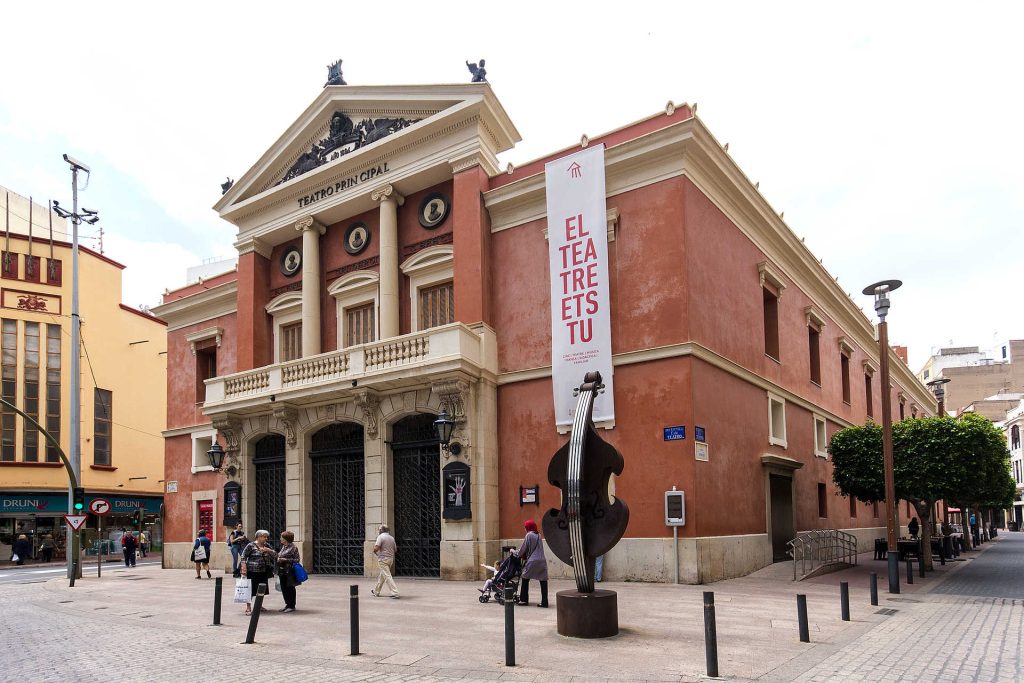
Teatro Principal
Opened in 1894, the construction of the Principal Theatre, with its Neo-Classical exterior, was part of a series of projects aimed at renewing the city of Castelló in the late 19th century. Today, following extensive restoration work, the theatre has recovered its original Italian-style appearance. The magnificent ceiling paintings and the stage entrance, as well as the magnificent drop curtain, combine to make this one of the city’s most eye-catching buildings.
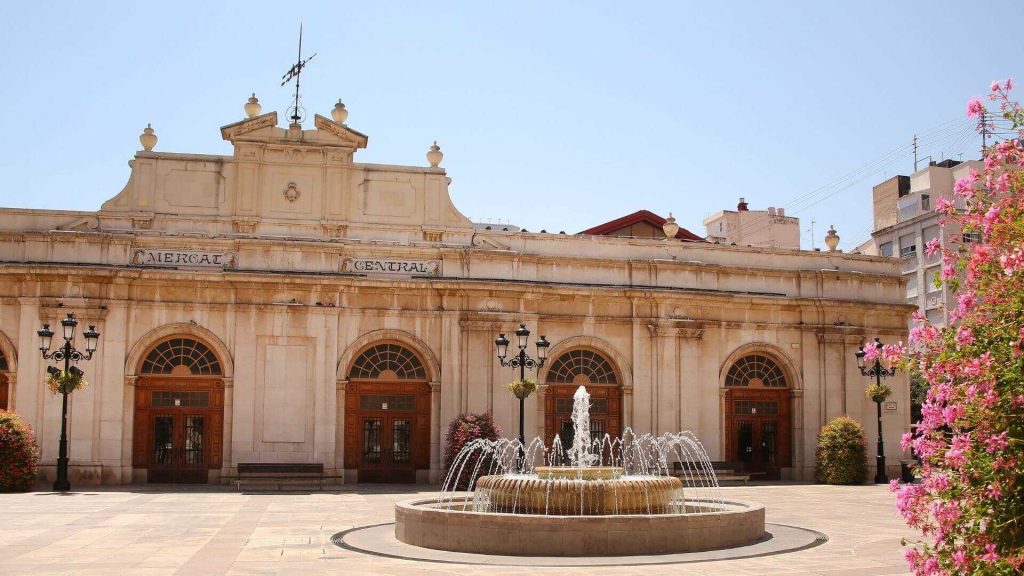
Central Market
A striking building dating back to the first third of the 20th century, housing a market selling traditional Valencian produce, including fresh vegetables, fish and shellfish. The market was remodelled in 1985 and a number of improvements were made, including alterations to Plaza Santa Clara, with the addition of an underground car part.

EACC
The Espai d’Art Contemporani de Castelló opened in 1999 and since then has provided a space for dissemination and debate of the latest artistic trends and styles.
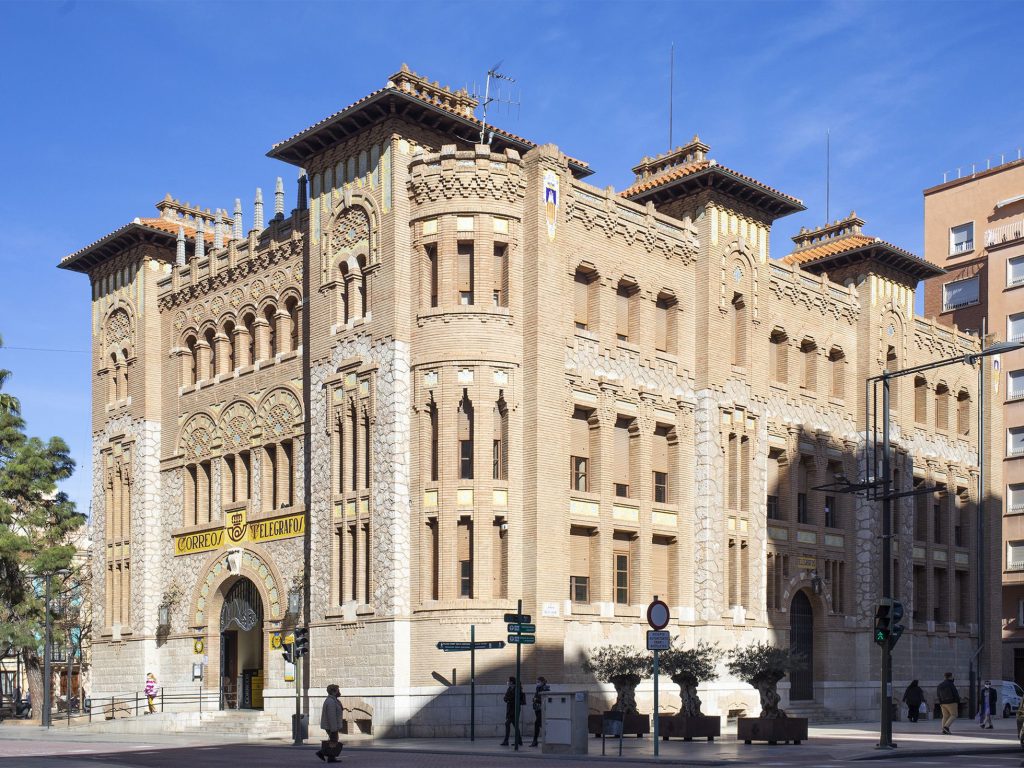
Post Office
The Post Office is an administrative building built in the Modernist style in 1932 and is the work of architects Demetrio Ribés Marco and Joaquin Dicenta Vilaplana. It is divided into three floors and has rounded corners, generating a solid and imposing effect.
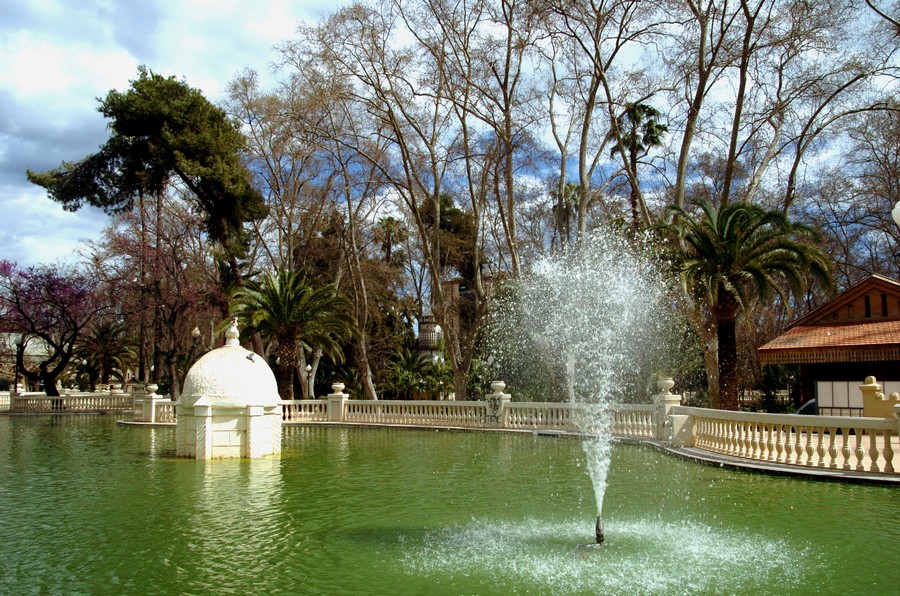
Parque Ribalta
The Ribalta Park is the most symbolic site in Castellón. It took shape in the latter part of the nineteenth century. In 1868 the Town Council decided to construct a promenade named after the artist Ribalta. Over the years it was gradually extended and transformed into the park as we know it today. Along the park one can see several monuments dedicated to relevant figures of Castelló culture and arts.

Lonja del Cáñamo
The Lonja del Cáñamo is listed as asset of Cultural Interest, and is registered in the National Heritage and Cultural Heritage of the Generalitat Valenciana. Jaume I University acquired the building in November 1999 to recover it for the city as a center of cultural and educational development. The latest architectural interventions have sought to recover the maximum fidelity to the accumulation of styles and architectural interventions that has lived in the building.
Beaches of Castelló
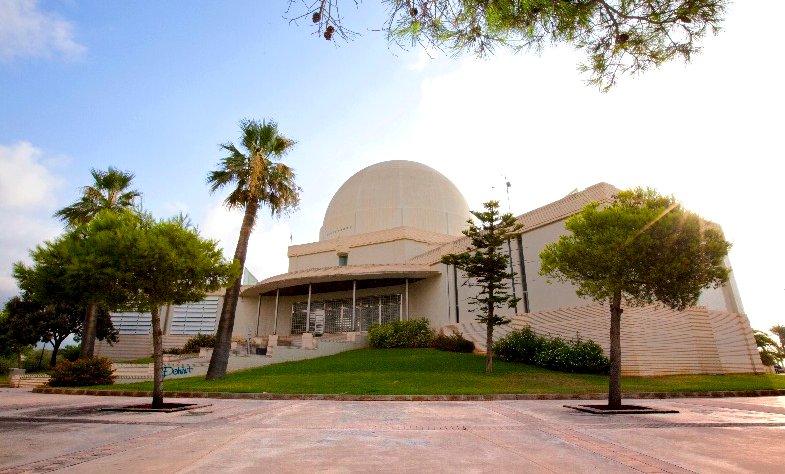
El Pinar Beach
The Pinar beach starts at the northern limit of Castelló’s Port. It is an extensive beach which attracts the interest of beach-goers every summer due to its many green spaces and sports areas (goals, volleyball nets), recreational zones for the children, and lifeguard services. This beach gets its name from the nearby pine forest, a good part of which has been preserved and is known as Parque del Pinar. One of the most interesting features of the Playa del Pinar is The Planetarium, which sits right in front of the Mediterranean sea with a white 25 meter high dome. The Planetarium is the meeting place for observation of astronomical events such as solar and lunar eclipses.
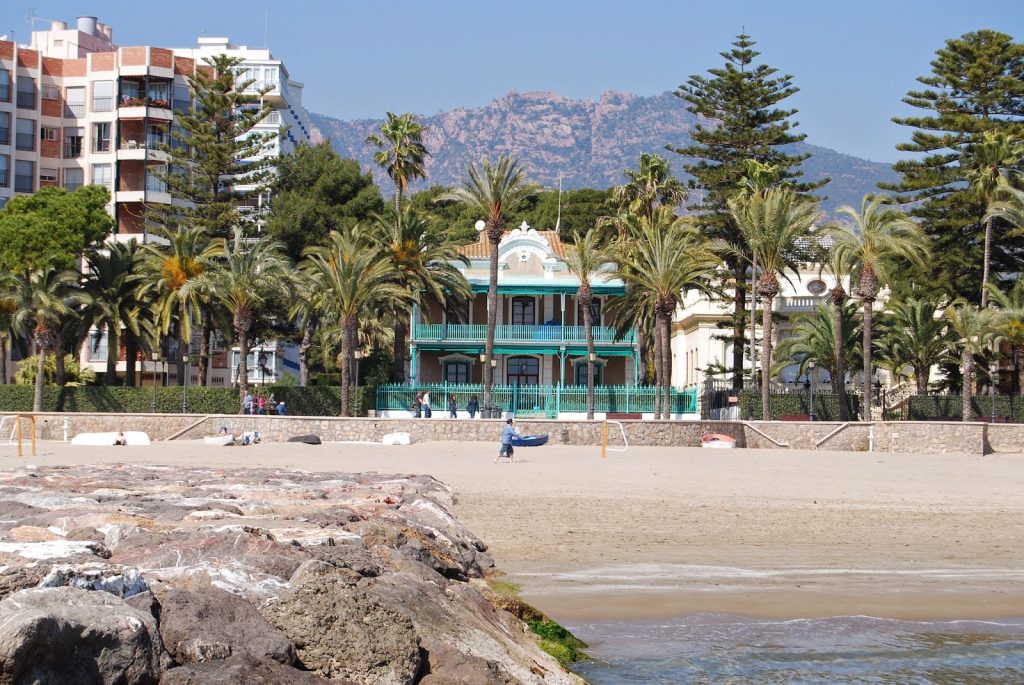
Benicàssim
Among Benicàssim’s many beaches, Voramar is perhaps its main attraction. Voramar beach is characterized by the tranquility of the residential area where it is located and from which you can enjoy the promenade, while contemplating the splendid villas of the late nineteenth and early twentieth century and for which Benicàssim was known as the Valencian Biarritz. Literature lovers will be delighted to learn that Hemingway spent a few months in Villa Amparo (depicted above) during the Spanish Civil War with his third wife, journalist and war correspondent Martha Gellhorn.